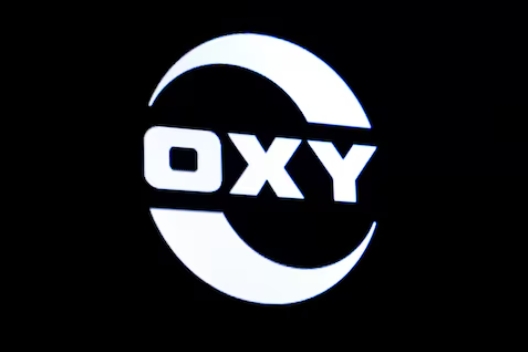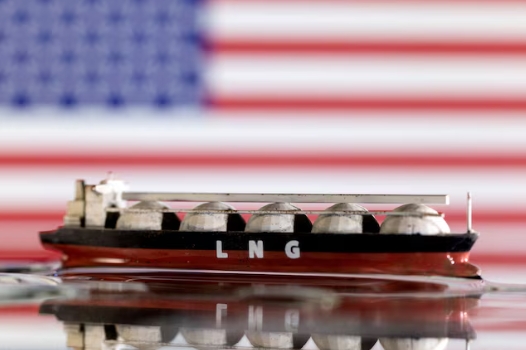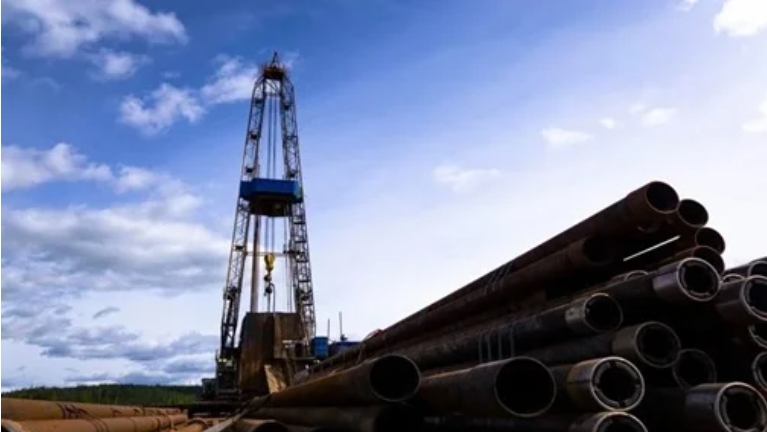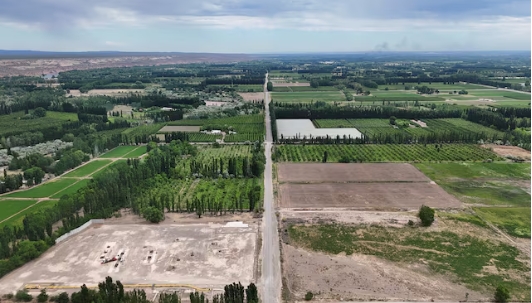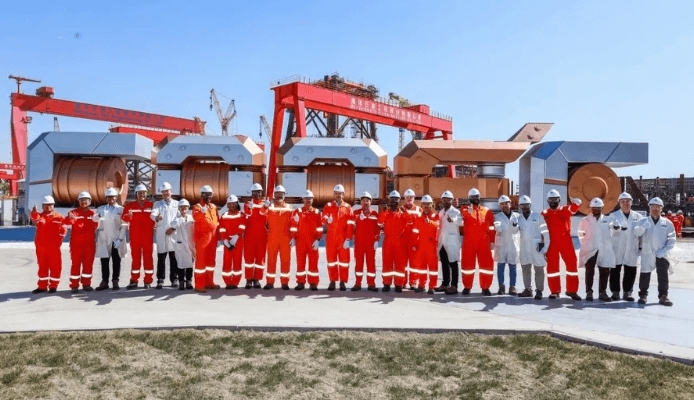The 456-megawatt Upper Tamakoshi Hydropower Project, Nepal's largest so far, reached a milestone on Monday with one of its six 76-megawatt units starting power generation.
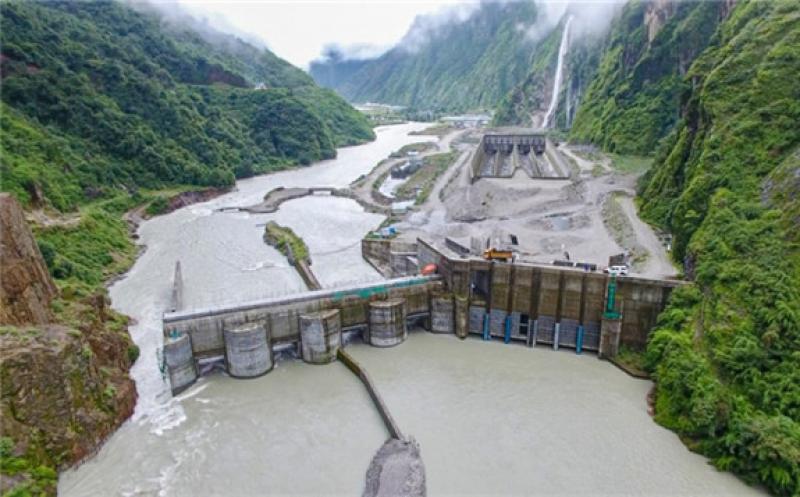
Once the project starts evacuating power from all its six units to the national grid, Nepal will earn a status of becoming a power surplus country during the wet season.
Prime Minister KP Sharma Oli inaugurated the project located on the Tamakoshi River in Dolakha district in north-central Nepal, approximately 200km away from Kathmandu, by pressing a button during a video conference from Baluwatar.
For the run-of-river hydropower project, which will have little or no storage capacity, the winter [December-February] is the dry season when Nepal’s Himalayan peaks do not melt and the low water flows lead to lower energy availability.
The Upper Tamakoshi plant, however, can generate electricity at full capacity for four hours during the dry season, according to the project.
“This is a historic achievement,” said Hitendra Dev Shakya, managing director at the Nepal Electricity Authority. “This makes Nepal a power surplus country capable of exporting electricity.”
As a major project in Nepal, this is the largest and most technically difficult, with an underground powerhouse, which is an engineering marvel, project officials said.
The Upper Tamakoshi Hydroelectric Project is touted to be of high economic importance to Nepal as it will not only make it an energy surplus country and contribute to the national gross domestic product but also cut the import of electricity from India in the dry season, thus saving billions.
Energy Minister Bishnu Paudel, speaking during the inauguration, said the full operation of the project is expected to contribute around 1 percent to the GDP. “It will help boost industrial production,” he said.
“This project shows that we can collect the fragmented capital within the country and invest in projects like Upper Tamakoshi.”
The majority share (51 percent) of the Upper Tamakoshi Hydropower Limited is held by four public entities, namely, Nepal Electricity Authority, Nepal Telecom, Citizen Investment Trust and Rastriya Beema Sansthan.
“The project has boosted our confidence,” said Prime Minister Oli. “We can now develop these types of projects through our own resources and manpower. We ended the loadshedding in 2017 but that was by importing power.”
In May 2018, the Nepal Electricity Authority had officially announced elimination of load-shedding for the industrial sector, a year after relieving residential customers who had suffered never-ending power cuts for decades.
Various reports have pointed out that Nepal has a severe infrastructure investment gap, which is slowing its economic growth.
Between 2007 and 2017, the country went through a massive electricity supply shortage that caused up to 18 hours of daily load-shedding.
This load-shedding had drastic costs for Nepal's economy. According to a World Bank report, reliable power supply would have increased the country's annual gross domestic product by almost 7 percent, and annual investment would have been 48 percent higher.
The six years project began in 2011 to end the power shortage. But like other projects of national importance, this too suffered, resulting in massive cost and time overruns.
Its price tag has swelled, or more than doubled, to Rs85 billion.
Bigyan Prasad Shrestha, chief executive officer of the Upper Tamakoshi Hydropower Project, said that the initial cost of the project was Rs35 billion [without interest]. “Now, the cost of the project [without interest] has reached Rs53 billion.
According to him, initially, the interest to be paid was estimated at Rs14 billion. “Now, the bank interest alone stands at Rs32 billion. So, the overall cost is around Rs85 billion.”
The annual interest rate has been set at 11 percent.
On the one hand, the project is a milestone for the country like Nepal facing infrastructure gap but it is also a reminder of how cost and time overruns impact the development aspirations, the Prime Minister said during the inauguration that was broadcast live on Nepal Television.
“If we don’t complete projects on time, we have to face losses. We have to learn from this project.”
The national pride project was originally scheduled to be completed in mid-July 2016, but the 2015 earthquakes hit the project very hard. The access road leading to the project site was totally destroyed when the project had completed 79 percent of the civil works.
The installation of the penstock pipes was slated for 2015. But that too saw a setback.
The construction work stopped for months when the hydro-mechanical contractor, Texamo Railway Engineering of India lacked the expertise to execute the difficult task of installing the penstock pipes.
Subsequently, the project developer, the Upper Tamakoshi Hydropower Limited, appointed another contractor to fit the high pressure steel penstock pipes when the Indian firm abandoned the project after completing more than 95 percent of the construction work.
As delays in the execution of the hydro-mechanical component threatened to push back the completion date of the project which was already running late, the project developer asked the Indian contractor to reassign the crucial task of installing the penstock pipes to Austrian firm Andritz Hydro.
In January 2019, Upper Tamakoshi Hydropower Limited, Texamo and Andritz signed a tripartite agreement under which the Indian firm subcontracted the task of installing the penstock pipes to the Austrian company.
Immediately after signing the pact, Andritz mobilised workers at the project site and construction work resumed.
The plant was then expected to come into operation by mid-June 2020, but the Covid-19 pandemic pushed back its operation deadline again.
Madan Timsina, spokesperson for the Nepal Electricity Authority, said that power has been connected to the national grid from one unit for testing purposes.
“The test will run for 7-10 days,” he said. “Before the end of the fiscal year, by mid-July, we have targeted to connect the power from two other units of the project to the national grid. Gradually, other units will start producing electricity.” “But, landslides and flooding are the everlasting hurdles for the projects built on the slopes of mountains and hills.”
Nepal, currently, has an installed capacity of 1,385 MW of electricity.
According to Timilsina, the country’s peak demand stands at 1,350 MW. This means, when all units of Upper Tamakoshi start production, the country will have nearly 500 MW of surplus energy in the wet season.
“But technically, we need a backup project because sometimes projects are flooded and some projects get their machinery broken down and cannot supply power.”
Around 300 MW of power is currently being imported from India.
Timilsina said that extra power will be sold and homework to this effect is undergoing. “We can sell it in the power exchange market in India. But, we have to participate in a tender to sell the electricity.”
While the officials at the power utility are happy to begin the electricity trade, Prime Minister Oli said that efforts should be made to minimise the cost of electricity for general consumers and industries after adequate electricity was available.
“It is not justified to export power at lower prices than what is charged to Nepali consumers. We have to take the strategy of increasing production and reducing prices. Demand charge being paid by industries should be removed in the long run if it is not possible immediately.”
Kul Man Ghising, former managing director of Nepal Electricity Authority, said even though there is no risk of power wastage for the next few months until the power generated from all turbines of the project is evacuated, the country may have surplus energy by Dashain and Tihar festival with all projects running in full capacity.
“The government should conclude all necessary negotiations with the Indian side regarding the sale of electricity in the Indian market by the time the festival begins when demand for power decreases due to closure of industrial activities,” he said.
“With the average power purchase agreement (PPA) rate of Rs4.06 per unit, it is the cheapest price of electricity for Nepal Electricity Authority,” said Ghising. “So, it is beneficial for the power utility. Even after paying back the loans within a few years, it can generate a good amount of income and more power projects can be developed with it.”
